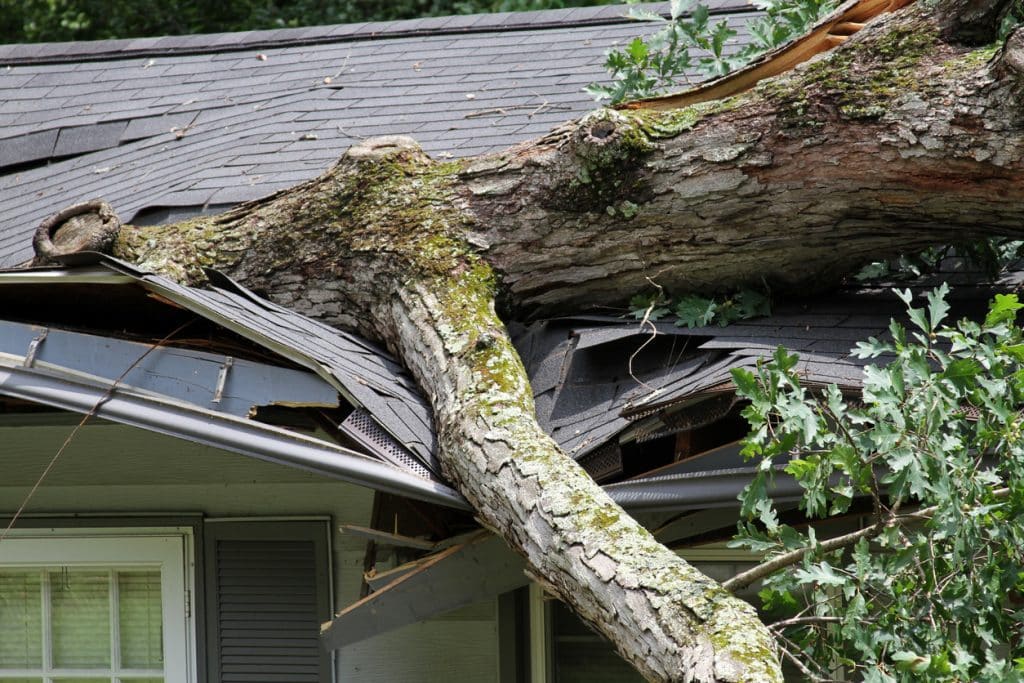Storms can cause trees in your yard to fall or incur substantial damage, leading to unexpected expenses. Taking proactive measures to prepare for storms can help minimize tree-related damage and its associated costs. Here, we will explore six financial benefits of hiring a tree expert for storm preparation. Implementing these strategies can protect your property, finances, and peace of mind during turbulent weather conditions.
1. Tree Trimming and Pruning: Preventive Measures
Trimming and pruning trees on your property can significantly reduce the risk of branches or entire trees falling during storms. Removing dead or weakened branches decreases the likelihood of damage to your home and vehicles. Regular tree maintenance not only enhances the safety of your property but also reduces the expenses associated with emergency tree removal and repair work.
2. Assessing Tree Health and Stability
Regular assessments of your trees’ health and stability can help identify potential risks before a storm strikes. Ask a professional to inspect your trees and determine if any of them poses a threat due to disease, decay, or structural weakness. Identifying and addressing these issues in advance can save you from costly damage and the need for extensive tree removal in the aftermath of a storm.
3. Reinforcing Weak Trees
Trees with structural weaknesses can sometimes be salvaged and made more resistant to storm damage through tree bracing or cabling techniques. These methods involve installing supportive hardware to strengthen weak branches or trunks. By reinforcing vulnerable trees, you reduce the chances of them toppling over during high winds or heavy rain, minimizing potential damage and the subsequent financial burden.
4. Proper Tree Planting and Placement
Strategic tree planting and placement can play a crucial role in storm preparedness. By selecting and planting trees suitable for your region’s climate and soil conditions, you can better equip them to withstand storms. Additionally, carefully considering the proximity of trees to houses, power lines, and fences can help prevent costly damage and the need for tree removal after a storm.
5. Reviewing Your Insurance Coverage
Reviewing your homeowner’s insurance policy is essential to understand the extent of coverage for tree-related damage caused by storms. Some policies may cover costs for removing fallen trees, repairing damaged ones, or even temporary housing arrangements for you if the damage is severe. Knowing your coverage limits and deductibles will help you make informed decisions and potentially reduce out-of-pocket expenses when dealing with storm-related tree damage.
6. Allocating Funds for Emergencies
Creating an emergency fund designated for storm-related damage can provide financial peace of mind. By setting aside funds in advance, you’ll be prepared to cover any unexpected expenses arising from fallen or damaged trees. A dedicated emergency fund can prevent you from relying solely on insurance claims and help you navigate storm-related expenses more efficiently.
Preparing for storms to minimize tree-related damage and expenses is crucial for protecting your property and finances. Contact our experts at The Tree Doctor in Springfield, MO, for storm services tailored to your tree needs.



